Farmers have been trying to extend the growing season of their crops for hundreds of years. So far, the greenhouse has been the dominant technology, since it doesn’t usually require electricity to operate.
The problem with setting up an off-the-grid greenhouse is that the typical, “glazed glass” structure can be prohibitively expensive to construct. That’s where the in-ground greenhouse comes into play.
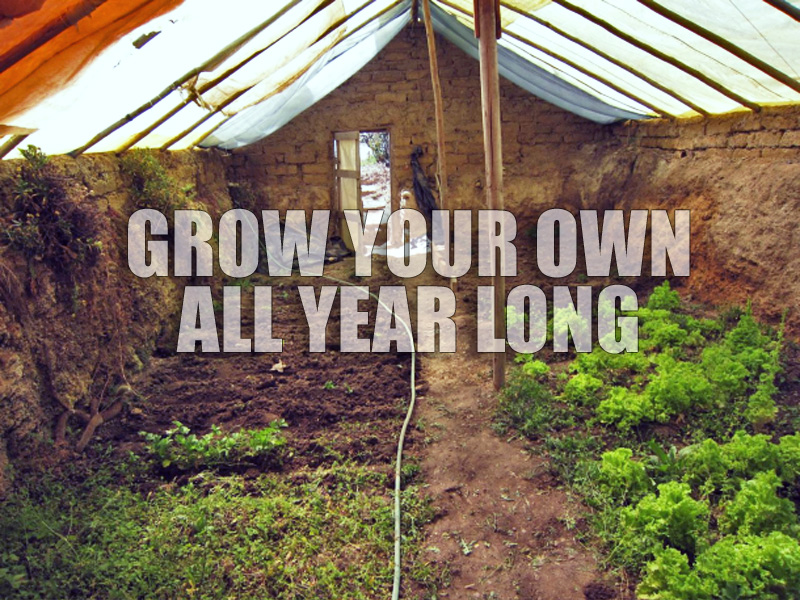
A much more affordable and effective alternative to glass greenhouses is the walipini (an Aymara native word for a “place of warmth”). Essentially an in-ground “pit” greenhouse, this earth-sheltered greenhouse taps into the thermal mass of the earth, so that much less energy is needed to heat its interior than a similarly-sized glass greenhouse. Obviously, you need to take drainage and ventilation into consideration while building a walipini, but the Benson Institute at BYU has a few pointers on how to handle that, as well:
The Walipini utilizes nature’s resources to provide a warm, stable, well-lit environment for year-round vegetable production. Locating the growing area 6’- 8’ underground and capturing and storing daytime solar radiation are the most important principles in building a successful Walipini.
The Walipini, in simplest terms, is a rectangular hole in the ground 6-8′ deep that’s covered by plastic sheeting. The longest area of the rectangle faces the winter sun — to the north in the Southern Hemisphere and to the south in the Northern Hemisphere. A thick wall of rammed earth at the back of the building and a much lower wall at the front provide the needed angle for the plastic sheet roof. This roof seals the hole, provides an insulating airspace between the two layers of plastic (a sheet on the top and another on the bottom of the roof/poles) and allows the sun’s rays to penetrate creating a warm, stable environment for plant growth.
If your browser supports PDF viewing, you can check out the full Benson Institute manual to build your own in-ground greenhouse, below, or download the full walipini manual here.
Keep in mind, also, that an in-ground greenhouse like the walipini could also serve as warm out-door storage for your animal hutches and small-scale hydroponic systems, making it a perfect “go-to” solution for a number of off-grid logistical issues … but the best part is the price: BYU pegs the materials cost at just $300 USD!
Sources | Photos: Treehugger, Neo-farms, and Brigham Young University.


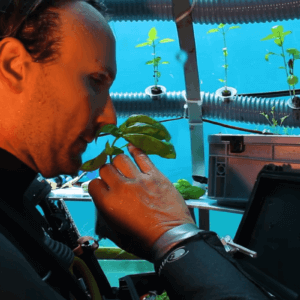

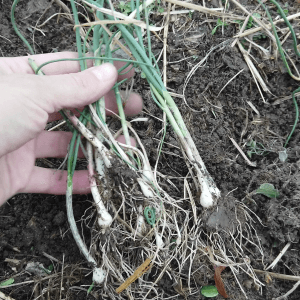







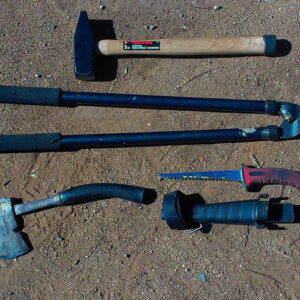



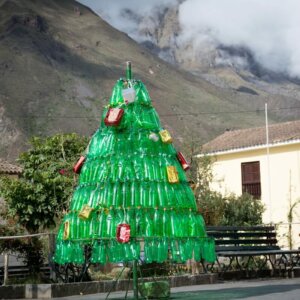











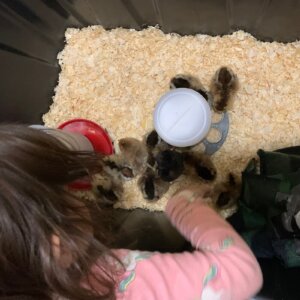
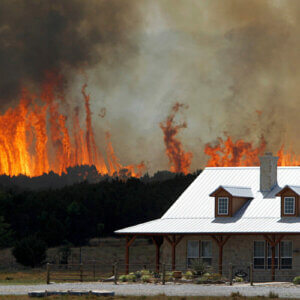
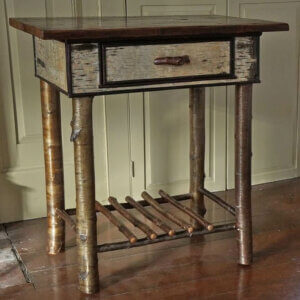
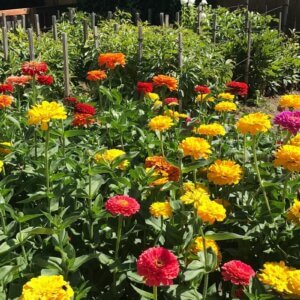


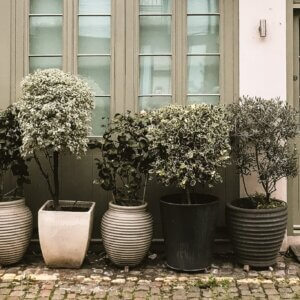




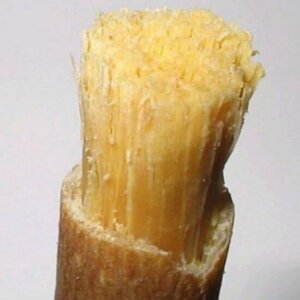
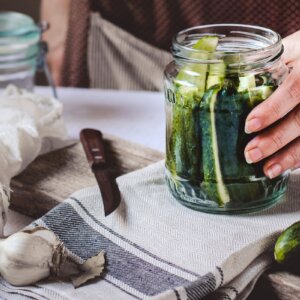
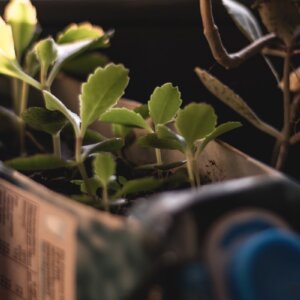
Nicely done.
Just like a mechanic though, they never quote you for labor, just parts.
Seriously though, this does look to be very labor intensive, but maybe its not quite as much as it seems.
Labor rates on all DIY projects are calculated at $0.025 per hour, or $0.20 per day.
“The longest area of the rectangle faces the winter sun…”
very cool idea, well thought out and described. I’m sure it would work great. As a high school math teacher though, I simply could not let the above statement stand. Area has no width or length, nor would the area change with orientation.
“the longest SIDE of the rectangle faces the winter Sun…”
HA! Awesome catch.
Check here! http://www.agroklub.com/upload/dokumenti/walipini.pdf
If that doesn’t work , I have it downloaded. Let me know and I can email it to you!
I drained my in-ground swimming pool and have been looking for alternative uses. this looks like an interesting alternative. However, i’d still have to demo the pool, at least in part to allow drainage, correct? Any other considerations?
seems like you could just container grow at first if you just want to check out the possibility without tearing everything out.
in 99,9% of globe soil bellow 2-3ft (60-90cm) is totally useless unless you want to make bricks out of it!
in this type of greenhouse you need to have at least 8inch / 20cm of good soil brought back in. so for a basic small size 15 x 25 for example x 8 inches of soil.. its a 120-150 wheel barrows (depending of size of yours..) hell yeah, labor intensive indeed.. if you have a tractor with a backhoe then its just a few hours of work at best, otherwise forget it..
Could you email me the full walipini manual. Unable to get. Thank you!!
I am not able to down load the pdf. Would you be able to email it to me? I’ve been gardening for years and we have looking at away I can do it all year long. I’m also getting into hydroponic gardening and think this idea would be amazing
I am unable to download pdf. Can you send it to me or provide a different link?